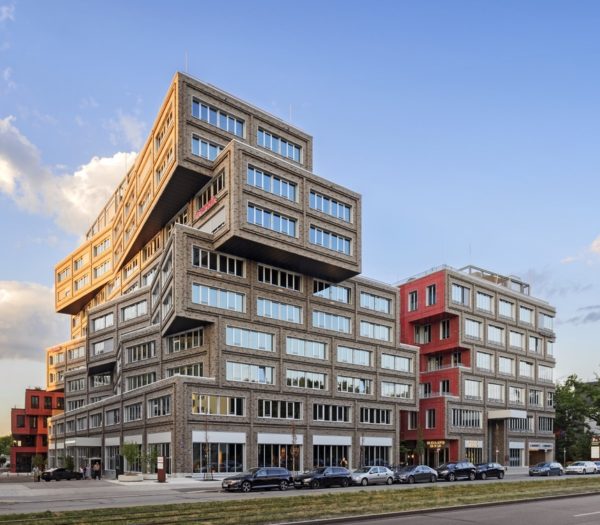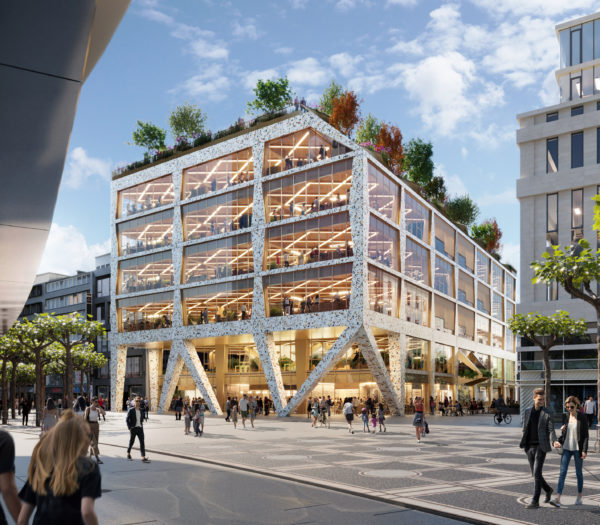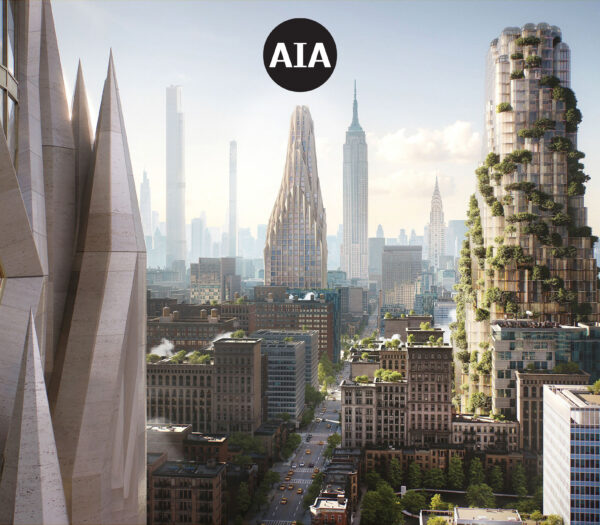In a recent insightful lecture, Matthias Hollwich, an influential figure in contemporary architecture, unveiled the transformative potential of artificial intelligence (AI) in the field. Speaking to an enthusiastic audience, Hollwich shared his journey and experiences with AI, highlighting its profound impact on architectural design and planning.
AI and Architecture: A Game-Changing Fusion
Hollwich began his lecture by reminiscing about a gathering in London two years ago with tech professionals from major firms like Amazon, Google, and Apple. This meetup sparked his interest in AI, leading to explorations of AI-driven art and subsequent ventures into more complex applications, such as generating potential images of children with his partner, despite their biological limitations.
Driven by these personal experiments, Hollwich has shifted his focus entirely to integrating AI into his architectural practice. He emphasized the efficiency AI introduces, allowing architects to undertake tasks that once took years, now only days. For instance, the examination of 5,000 plots in Frankfurt, which previously would have taken years, was completed in just two days with AI’s assistance.
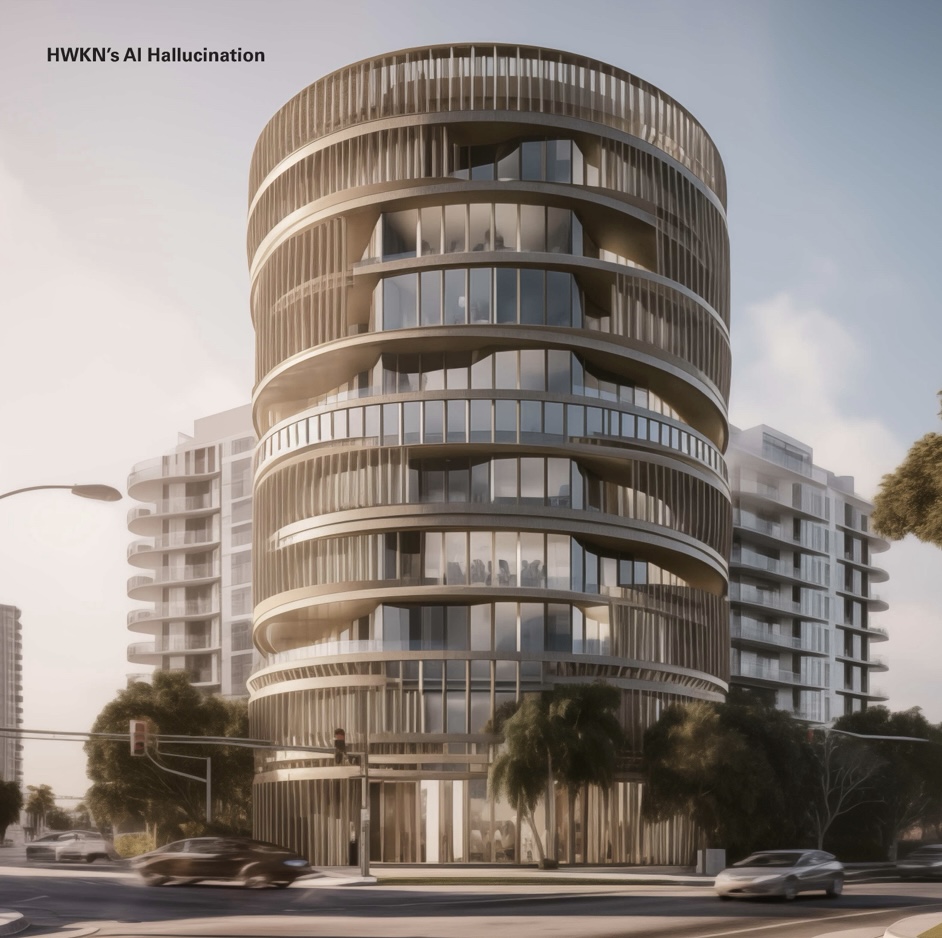
Pioneering AI Applications in Design
Highlighting practical applications, Hollwich spoke about using AI to reimagine existing buildings through ‘reverse engineering’. This process involves deconstructing 2D images of buildings and reconstructing them in 3D, enhancing the scope for creative and efficient design. He proudly referenced projects that involve significant AI input, like a proposed office building in London and various innovative conceptual buildings influenced by icons like the Empire State and Chrysler Buildings.

The Rise of Contextualism in AI-Driven Architecture
A significant theme of Hollwich’s lecture was the role of AI in promoting contextualism in architecture. He described how AI can tailor building designs to fit specific locales, significantly altering the landscape of cities like New York, Munich, and Düsseldorf. AI’s capability to adapt designs based on cultural and environmental factors marks a departure from cookie-cutter approaches, potentially leading to more vibrant and diverse urban landscapes.
The Future and Challenges of AI in Architecture
As the lecture neared its end, Hollwich shared his thoughts on the future, expressing excitement about the upcoming integration of AI with robotics. This fusion is expected to further revolutionize construction methods, making building processes more dynamic and autonomous.
However, Hollwich also addressed potential challenges. He stressed the need for the architectural community to embrace AI and adapt to its rapid development to stay relevant. Moreover, he called for a balanced approach to ensure that while AI transforms architecture, it does not overshadow the human element essential to the creative process.
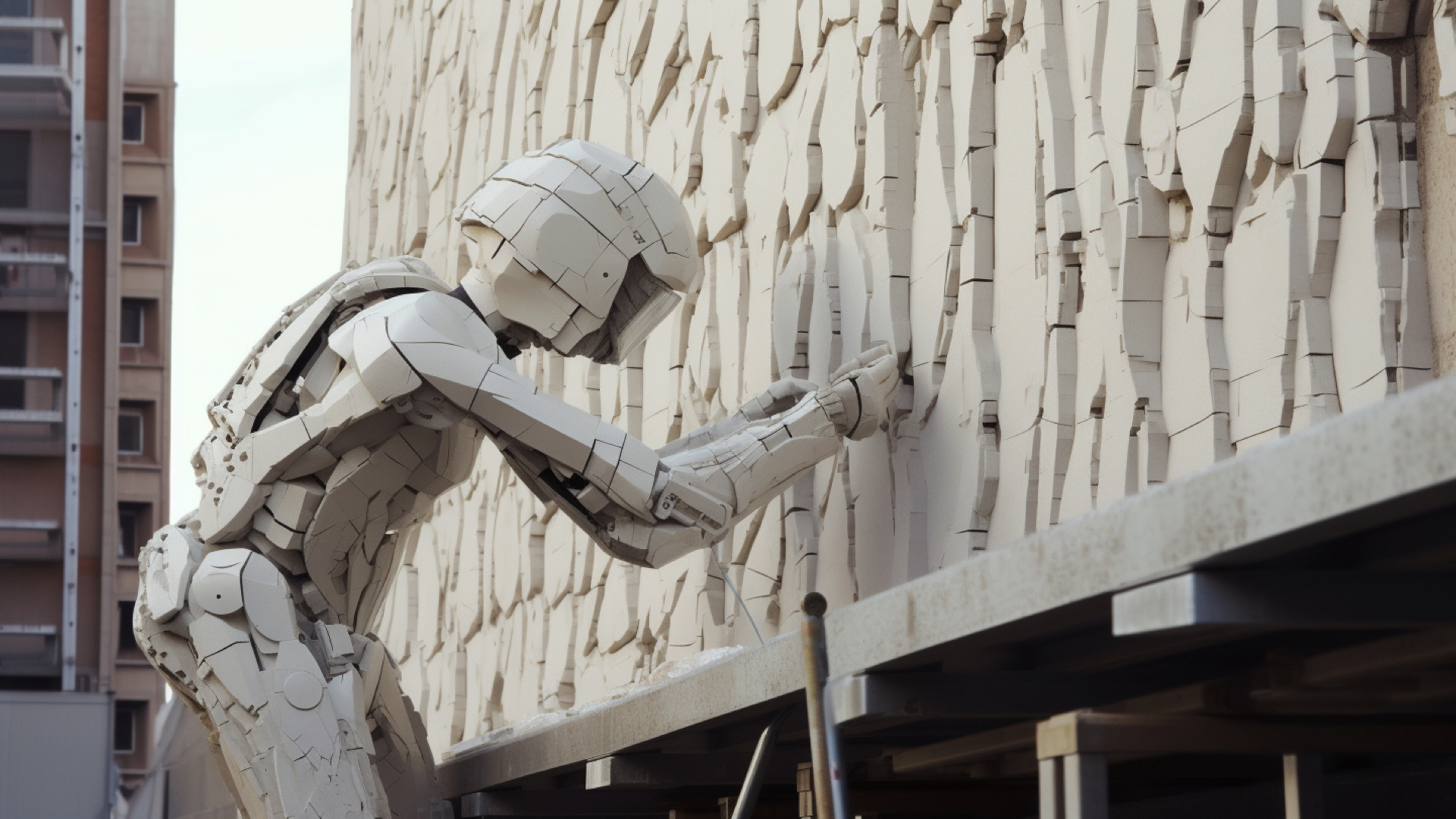
Conclusion
Matthias Hollwich’s lecture at the AI conference provided a compelling look at how AI is set to redefine architectural practices globally. With AI’s ability to speed up design processes and introduce innovative solutions, it promises to lead the charge towards a more efficient, imaginative, and context-sensitive approach to architecture.
